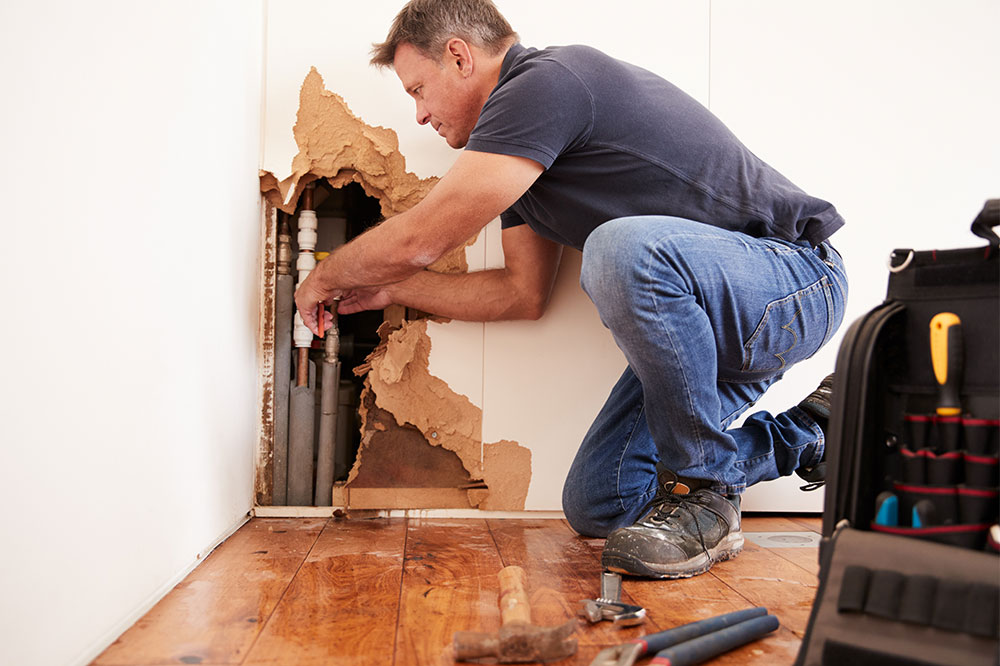
6 tips for water damage repair at home
If your house floods, your first thought might be to turn off the electricity and water source. But then you might be left glaring at the puddles and thinking to yourself, “what now?.” Well, it’s time for remedial action, and water damage repair must be done quickly because wet materials tend to develop mold after, or sometimes even within, about 24 hours. Here are some helpful water damage repair tips to help you take immediate action.
- Understand the kind of water
Yes, there are different kinds of water—three to be exact. The first is clean water from leaking pipes, rain, or condensation. If this kind of water has flooded your home, it will be pretty convenient and quick for you to soak up and clean. More so, you can do it yourself as this sort of water does not need disinfection.
The second kind of water is gray water, which comes from clean toilets, washing machines, or dishwashers and is slightly dirty. You can clean it up yourself, but merely drying the place would not be enough. You should use proper safety gear to protect yourself and disinfect the area. Alternatively, you can opt for professional water damage repair or cleanup services that can cost around $4.5/square foot.
The last type of water is black water, which is sewage or comes from a nearby river. Such water is highly contaminated with waste and bacteria that can trigger serious health issues. So, you ought to be very careful with this kind of water. The cost of professional cleaning and water damage repair can go up to $7/square foot in this case, but it’s best not to do it yourself. - Get rid of the standing water
Whether you do it yourself or have an expert helping you around, the next thing you need to do is get rid of the accumulated water. If the water stays in the property for long, the degree of damage will increase. If the water level is not much, you can try to wick it with a vacuum and then dry out the area with a towel. In contrast, you will need the help of a professional if there is a lot of water. Then, you can use fans to air the affected area or use a large-capacity dehumidifier to dry out the surrounding wood, carpet, and other materials. Regardless of the method you use, ensure that there is no moisture left after your water damage repair is complete. - Check the area for mold
Some mold stains are toxic to humans, and all of them are damaging to the material they infest. Also, if mold infests an area, it tends to spread. So, you must immediately inspect the damaged area to prevent any grave health hazards. If the water has damaged the wood, walls, carpet, ceiling, or any porous material, replace them immediately. Small mold issues can be overcome by immediately throwing out the infested material, but you must contact professionals for serious issues. - Scrub the infected area and disinfect the remaining materials
Next, you ought to get rid of the infestation. So, you can use bleach or a home cleaning solution to disinfect the whole area and the remaining materials. You can lightly spray and wipe down the area before you begin water damage repair to ensure that mold spores do not linger in the area. - Caulk and paint
After the damaged materials have been replaced, you can apply a fresh coat of paint and seal and caulk the new materials to reduce the risk of future water damage. - Contact the insurance company
Get in touch with your insurance provider as soon as you find out about the water damage. They can assist you with tips to move ahead with the cleanup and restoration.




